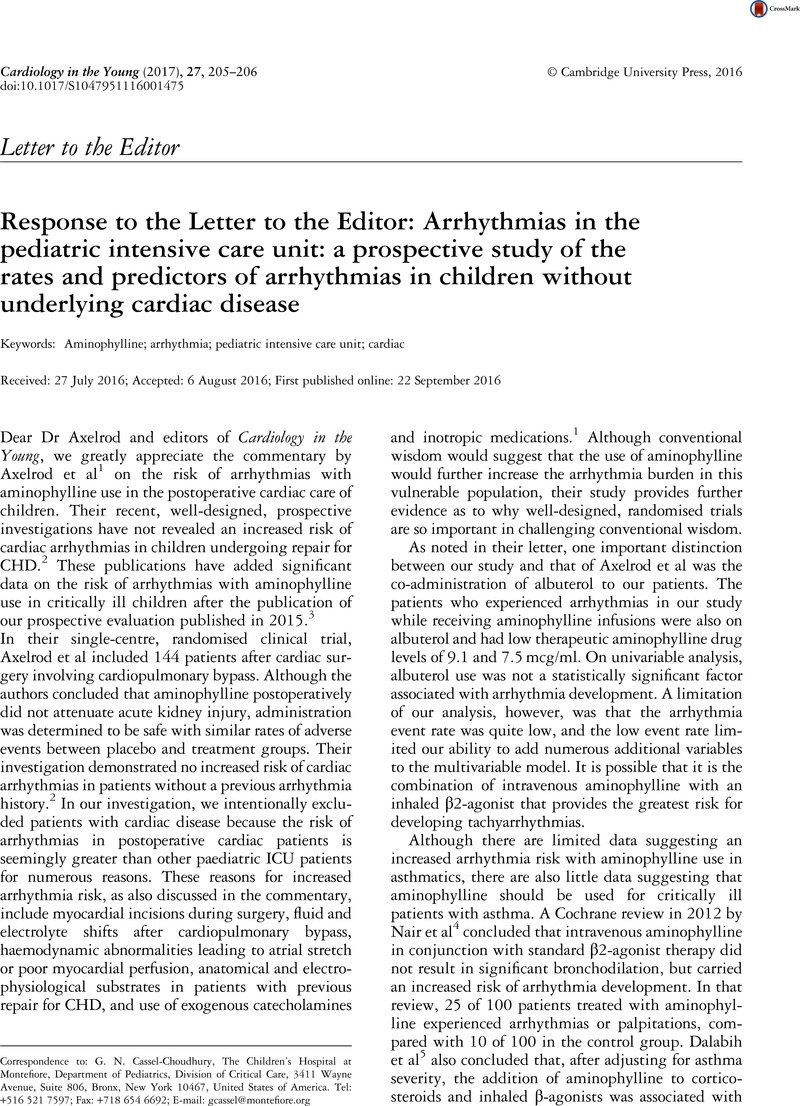Crossref Citations
This article has been cited by the following publications. This list is generated based on data provided by Crossref.
Hyun, Areum
Takashima, Mari
Hall, Stephanie
Lee, Leonard
Dufficy, Mitchell
Ruppel, Halley
and
Ullman, Amanda
2024.
Wearable biosensors for pediatric hospitals: a scoping review.
Pediatric Research,




